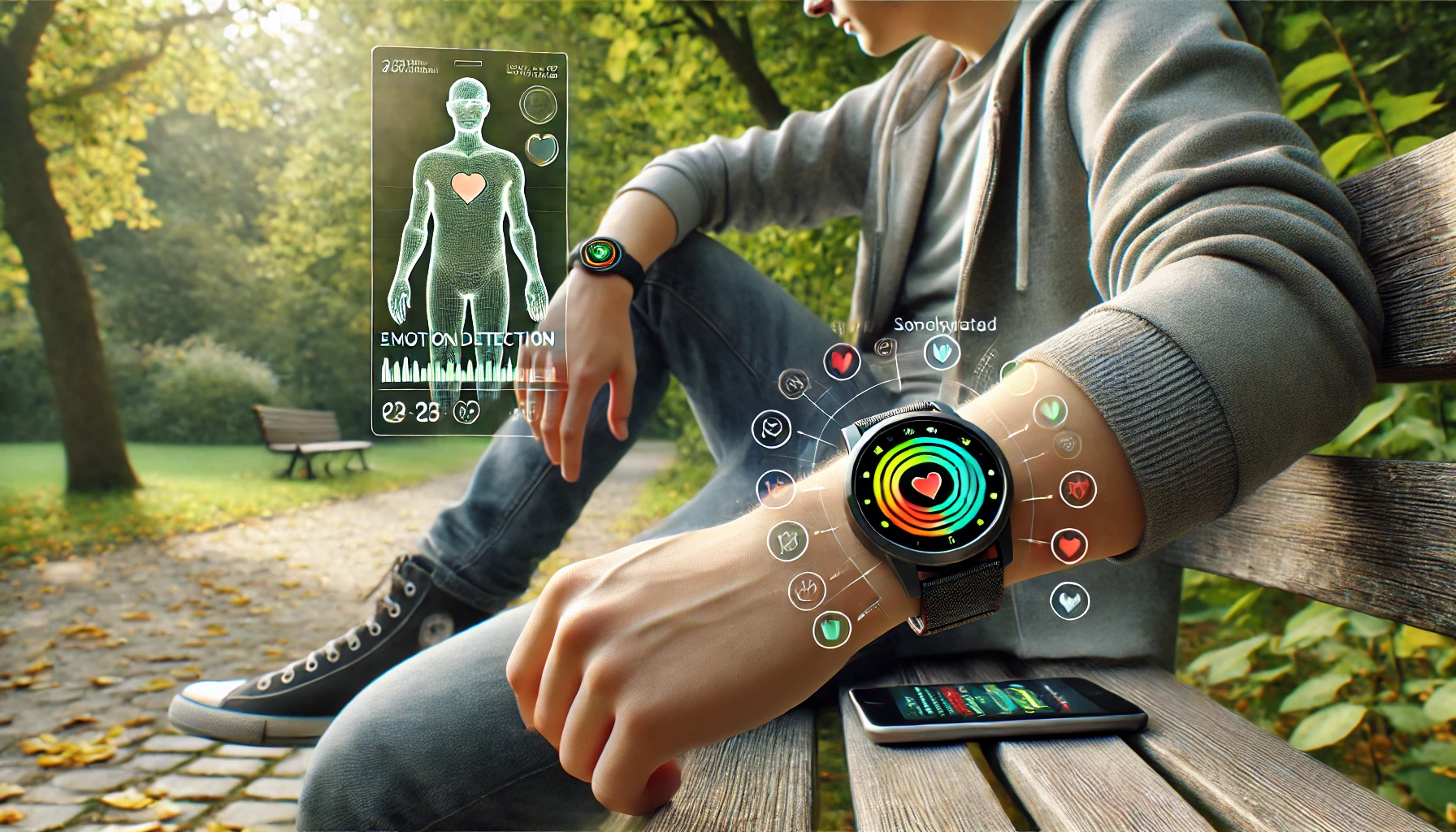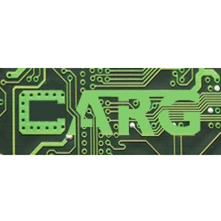CARG Health Devices: Emotion Recognition using Physiological Signals
Emotion recognition using physiological signals is an exciting area in affective computing, with the potential to make human-computer interactions much more intuitive and meaningful. At CARG, the team is focused on building smarter ways to process biosignals like ECG, PPG, EDA, and others. By analyzing these signals, we’re working on improving how accurately systems can detect and interpret emotions. The work is generously supported by
OrbMedic Inc., Ottawa, as well as NSERC and OCI.
Motivation
Traditional ways of recognizing emotions often rely on what people show outwardly—like facial expressions or tone of voice. But these can be controlled or even faked, making them less reliable. Physiological signals, like changes in heart rate or skin conductance, are more automatic and reflect genuine emotional responses. By tapping into this involuntary data, technologies can become more responsive and empathetic, which is especially useful in areas like healthcare, gaming, and adaptive learning.
Current Research
The group is working on several exciting challenges, including:
- Understanding Emotional Responses: We collected data from almost 100 participants. We use specially designed video stimuli to trigger a range of emotions—like happiness, fear, or surprise—in controlled environments. Afterward, participants report how they felt, and this subjective data, often captured through voice recordings, is paired with physiological signals to give a more complete picture.
- Bridging Subjective and Objective Data: By comparing participants’ self-reports and voice recordings with data from biosensors—like heart rate, breathing rate, or skin temperature—they’re exploring the connections between what people feel and how their bodies react. This helps improve models for detecting emotions more reliably.
Future Directions
To keep pushing boundaries, the group is looking at these key areas:
- Taking it into the Real World: Moving beyond the lab is essential. The goal is to create wearable sensors that can accurately capture physiological data as people go about their daily lives. This makes emotion detection systems more practical and realistic.
- Personalization: Everyone’s emotional responses are unique. Future systems need to adapt to individual differences in physiology and psychology to be more precise in recognizing emotions.
- Combining Data Sources: While physiological signals are powerful on their own, combining them with other information—like facial expressions or speech—can give a more rounded understanding of emotional states. Creating advanced ways to blend these data sources is a big focus for the team.
Researchers
External Collaborators
- Sonny Chaiwala, CTO, OrbMedic Inc., Ottawa
- Sylvain Gagnon, Professor, Psychology, Faculty of Social Sciences at the University of Ottawa
- Vincent Francoeur, Professor, Psychology, Faculty of Social Sciences at the University of Ottawa
- Isar Nejadgholi,Senior Research Scientist, NRC
- Rongchen Guo, Alumni M.Sc., Computer Sciences at the University of Ottawa
Alumni
Hitham Jleed, 2023-2024, PostDoc, Classification of the human emotions, University of Ottawa



